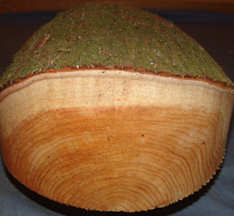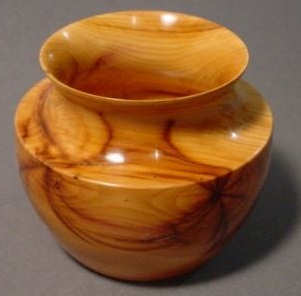BINOMIAL NAME
(appropriate common name)
|
OTHER COMMON NAMES
(English-language only and I am doubtful that all of these alternate common
names are very much used but I show them because they are in my database)
|
Thuja occidentalis
syn. Cupressus arborvitae
(arborvitae, tree of life)
|
american arborvitae, atlantic red cedar, atlantic white cedar, cedar, eastern arborvitae, eastern cedar, eastern white cedar, false white cedar, hackmatack, michigan white cedar, new brunswick cedar, northern cedar, northern white cedar, swamp cedar, white cedar
|
Thuja plicata
syn. thuja gigantea
(western red cedar)
|
arborvitae, british colombia red cedar, british columbia cedar, california cedar, canoe cedar, cedar, columinar giant arborvitae, giant arborvitae, giant cedar, gigantic cedar, gigantic red cedar, idaho cedar, lobb's arborvitae, northwestern red cedar, oregon cedar, pacific arbor, pacific arborvitae, pacific red cedar, red cedar, red cedar of the west, red cedar pine, shingle cedar, shinglewood, washington cedar, washington red cedar, western arborvitae, western cedar
|
platycladus orientalis
syn. thuja orientalis
(oriental arborvitae)
|
chinese arborvitae, japanese arborvitae
|
juniperus osteosperma
(utah juniper)
|
bigberry juniper, cedar, desert juniper, sabina, western juniper, western red cedar
|
juniperus scopulorum
(rocky mountain juniper)
|
cedar, colorado juniper, prickly juniper, red cedar, river juniper, rocky mountain red cedar, western red cedar
|
juniperus standishii
(Japanese arborvitae)
|
chinese arborvitae, japanese arborvitae, japanese cedar, japanese thuja
|

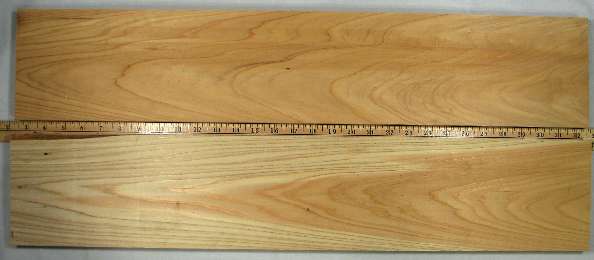
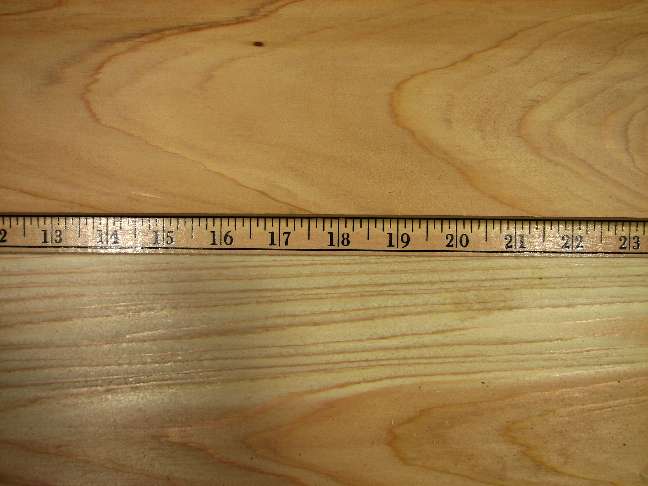

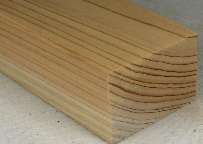

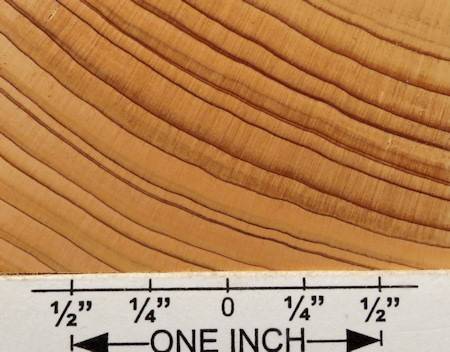
%201a%20s25%20plh.jpg)
%201b%20s25%20plh.jpg)
%201%20end%20grain%20s25%20plh.jpg)
%201%20end%20grain%20closeup%20s25%20plh.jpg)
%201%20end%20grain%20closeup%202%20s25%20plh.jpg)
%202a%20s25%20plh.jpg)
%202b%20s25%20plh.jpg)
%202%20end%20grain%20s25%20plh.jpg)
%202%20end%20grain%20closeup%20s25%20plh.jpg)
%202%20end%20grain%20closeup%202%20s25%20plh.jpg)
%203a%20s25%20plh.jpg)
%203b%20s25%20plh.jpg)
%203%20end%20grain%20s25%20plh.jpg)
%203%20end%20grain%20closeup%20s25%20plh.jpg)
%203%20end%20grain%20closeup%202%20s25%20plh.jpg)
%204a%20s25%20plh.jpg)
%204b%20s25%20plh.jpg)
%204%20end%20grain%20s25%20plh.jpg)
%204%20end%20grain%20closeup%20s25%20plh.jpg)
%205a%20s25%20plh.jpg)
%205b%20s25%20plh.jpg)
%205%20end%20grain%20s25%20plh.jpg)
%205%20end%20grain%20closeup%20s25%20plh.jpg)
%205%20end%20grain%20closeup%202%20s25%20plh.jpg)
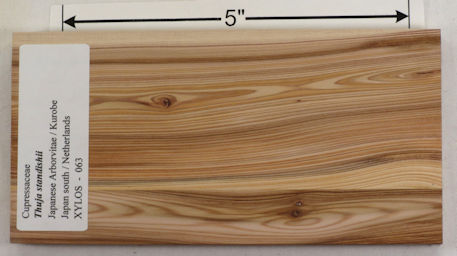
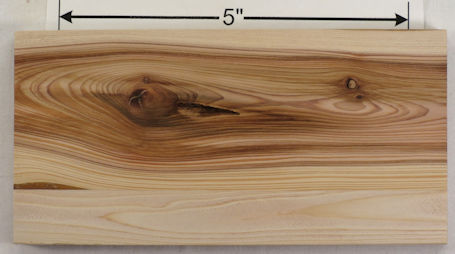

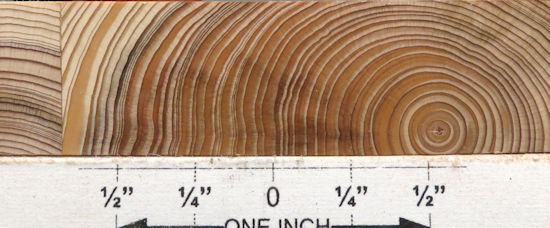
%206a%20s25%20plh.jpg)
%206%20end%20grain%20s25%20plh.jpg)
%206b%20s25%20plh.jpg)
%206c%20s25%20plh.jpg)
%206%20end%20grain%20closeup%20s25%20plh.jpg)
%206%20end%20grain%20closeup%202%20s25%20plh.jpg)
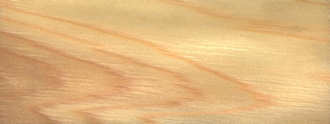

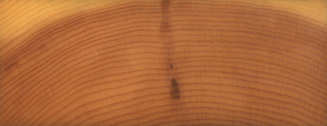

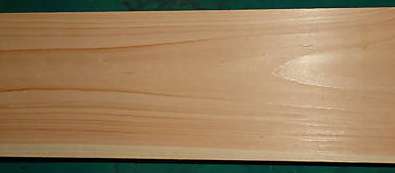
%20s50%20web.jpg)
%20end%20grain%20web.jpg)
%201%20s50%20web.jpg)
%202%20web.jpg)

